Last week the Mid-Atlantic chapter of the ICAA toured a fantastic classical structure by Bertram Goodhue, the National Academy of Sciences. Like much of his work it defies categorization but lets call it 'Beaux Arts' or 'Classical architecture' for now. Finished in 1924 it was recently renovated by local firm Quinn Evans who did an outstanding job restoring this masterpiece.
The above image, from Quinn Evan's website, shows the Academy from the national mall. Goodhue was a sort of modernist of his time and while the structures on the mall have to be classical he called this 'Alexandrian' in style, after ancient Egypt, to pass approval. Notice the battered (sloped) walls and a lot of Egyptian details.
The white marble facade features discrete stone pilasters at the windows and bronze plaques between the windows showing famous figures from the history of science. The ornamental bronze cornice features owls and lynx, the symbols of wisdom and observation. Notice the Roman lattice panels covering the 3rd floor windows.
Located directly on the national mall, across from the Lincoln Memorial, this building is rather off the tourist radar although it is open to the public weekdays as is the cafeteria (which is good to know given the dearth of places to eat on the mall).
One of the best features on the front facade is rarely seen however. The bronze pocket doors by Lee Lawrie are normally closed during open hours. They feature different symbols of ancient science as well as central panels depicting well-known scientists such as Aristotle, Darwin, and others.
This photo above shows the doors sans patina. I prefer the green patina.
The small entry vestibule is full of lovely details; stone clad walls, custom bronze sconces and rather wonderful bronze radiator covers.
Although the radiators were removed during the renovation in favor of a more modern HVAC system the covers were retained and (mostly) hide the modern air grilles.
The bronze and glass doors into the lobby feature symbols of the zodiac; also by Lee Lawrie.
Wonderful original hardware is found throughout the Academy; Love these intertwined snake pulls! The patina on these interior doors however is faux; only the exterior bronze has the natural green patina and on the interior it was faux painted (hard to detect unless you look closely!).
The entry foyer has a marvelous poly-chromed mahogany ceiling.
I would take these bronze torchieres home if I could!
2 bronze angels flank the doors into the great hall. Sadly these were part of a set of 4 salvaged from the original Bertrum Goodhue designed lectern that was thrown away in the 1960s (?!?!). THROWN AWAY.
The Great Hall is really Goodhue's piece de resistance. The dome features a mosaic by Hildreth Meiere on acoustiblok over a structural Guastavino tile structure. Originally all meetings were held here and seats are located on the mezzanine level. The academy quickly outgrew the space.
An astrolabe by Lee Lawrie is in the center and descends down into the floor for meetings (and the original lectern sat here).
Don't miss a great tour of this mosaic and all of the symbolism on the NAS website -HERE.
It was hard to capture the true vivid colors of this mosaic on a bright sunny day so please visit the link! Until the restoration it was rather dull with 80 years of accumulated cigarette smoke.
Lee Lawrie also provided the stone column capitals in addition to all of the metalwork.
The large mural by Albert Herter above the doors to the new auditorium (added in the 60s) depicts Prometheus lighting a torch from the chariot of the sun god Helios to bring knowledge to humanity (sadly I don't think that worked out so well but the mural is gorgeous).
The real star of the building is all of the custom metal hardware provided by Lee Lawrie. Why not have the things you touch everyday be beautiful? I'm obsessed with hardware in general though.
The snake head caps to the handrails were a nice touch.
Above you can see one of the many custom bronze light fixtures on the acoustiblok walls - you find this material that resembles stone but absorbs sound in a lot of public structures from this time period.
Back towards the entrance, the library is off to the left.
Lovely mahogany benches flanking the foyer feature the NSA logo inside a laurel wreath.
The art deco inspired library (now called the member's center) really was my favorite room in the Academy.
The bronze chandeliers and monumental stone fireplace depict the history and development of writing systems and technologies with an obelisk at the center inscribed "To ages yet unborn in accents yet unknown". Imagine a roaring fire here while sitting nearby with a book.
These light fixtures are a bit nicer than the crap one sees today in most public buildings; they're really works of art. So glad these were never thrown away like the lectern!
The lovely plaster ceilings feature a different motif in each panel depicting figures making a discovery and then recording it for posterity.
Love the klismos chair seen here where the gentleman records his discovery!
Behind the library is the member's lounge, set up here for a meeting. The dark walnut paneling depict the insignia of the world's 8 greatest universities in the 1920s (where coincidentally most of the academy's members had studied).
Move lovely custom bronze light fixtures in the lounge.
Even the 2 water fountains flanking the great hall feature custom artwork in tile.
Glad these are still in use (however the water tasted really funky!).
While I didn't take many photos of the numerous additions they were all really well done and good examples of their time. I snapped this quick picture of the early 70's hallways which had dark green marble used extensively with modern walnut panels. I loved the stair detail here.
The rear entry hall off C Street featured a collection of photographs by members Susan Middleton and David Liittschwager. The building is dotted with really wonderful exhibits that I would recommend exploring.
One of these exhibits, just off the Great Hall, is on the construction of the original building. The original drawings and renderings done by JP Wilson, from Goodhue's office, really make one lament the use of computer technology in current presentations. Nothing can compare to this artwork! These were saved for nearly 100 years while the printed 3-d renderings of today end up in the trash a day later; Disposable culture.
Great model of the original building showing the structure of how it was built.
As I said the original drawings are really lovely.
However the best rendering was actually an oil painting done after the building was complete in 1925, also by JP Wilson, depicting the Academy at night.
I encourage you all to visit the National Academy of Science , wonderful caretakers of this structure, and really any of the many Bertram Goodhue structures around the country; they are all works of art that put modern public buildings to shame! I still vividly remember visiting the Nebraska State Capitol building in the 90s, probably his masterpiece. Also keep your eyes peeled for upcoming tours by the ICAA on our website.
A Dramatic Shell
4 hours ago






























































































































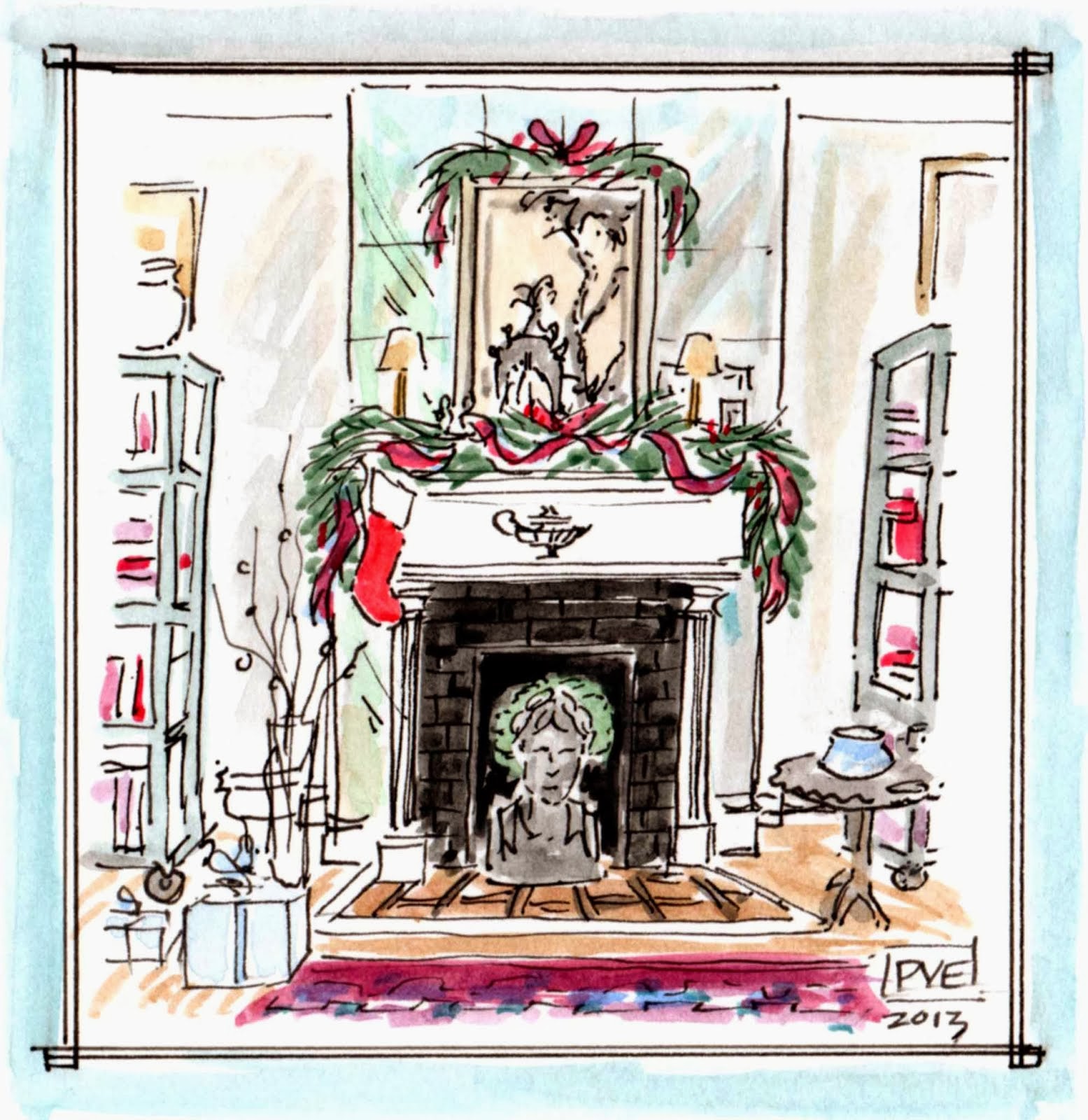




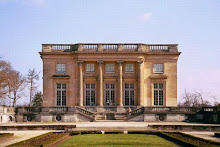
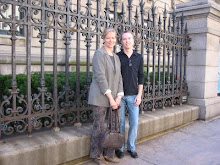



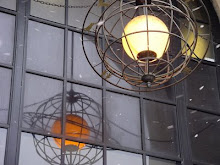
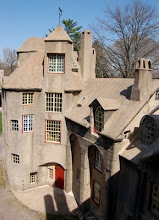

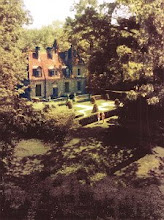


5 comments:
Greatly enjoyed the tour of this wonderful building, thank you. Shall add it to my list of "must visit" sites the next time I'm in D.C. (sadly, didn't even know it existed until reading your post). And, I agree with you, hardware is everything.
Wonderful - thanks, Stefan!
Stefan, I'm so with you on the matter of the short-sightedness of whoever "threw away" the original podium. Yikes! I am appalled that no one realized that eventually, tastes change, and that although to 1960s eyes, the podium seemed too busy for then-current tastes, someone in the future -- i.e., people like us -- would end up lamenting its loss. I'm just glad they didn't toss all four figures!
I'm also so in line with you on the matter of the things that you touch should be the real thing. That's why my sandstone-looking urn (that's merely a Lexan street-light globe that I hauled out of a dumpster & painted to look better than it is) is up & out-of-reach. It's good enough to fool the eye, but not the touch.
You provide a huge public service by focusing on the hidden details of public buildings that the average person would miss entirely, or that they wouldn't understand the significance of, if they did notice them. So much for the sad lack of Classical myths in school curricula today.
Bart Swindall
Hello Stefan, I love the fine bronze-work in buildings like this. I am especially impressed by monumental bronze doors. About the patina, for exterior bronze I like verdigris, but inside I like a deep but natural-metal patina (i.e. bronze color). Of course, exceptions can be made, especially in the realm of archaeological pieces.
--Jim
Oh that bronze work! And that mosaic!
Post a Comment